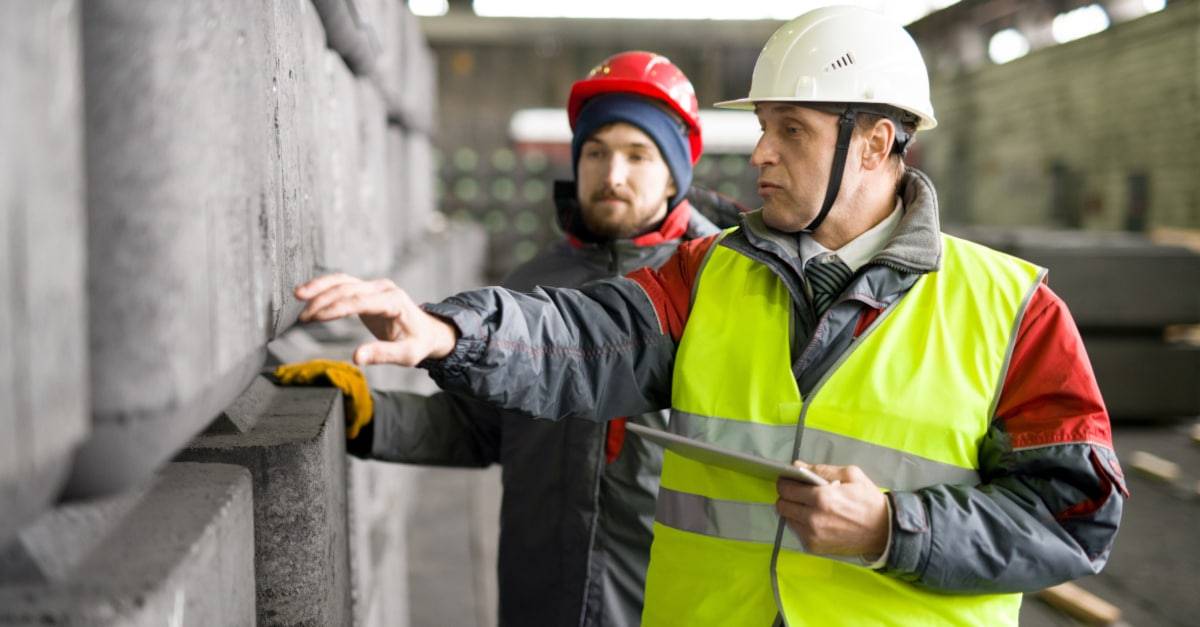Few people are aware of the negative aspects of this versatile material
Wherever we are in the city or village, there is almost certainly a building or structure made of concrete nearby, such as the walls of an apartment block, the foundations of a house, roads, bridges or tunnels. It might seem that the ubiquitous concrete is a modern building material, but this is not the case.
Concrete has been with us since antiquity, when its preparation was perfected by the ancient Romans two millennia ago. They used cement concrete to make some of the monumental buildings we still admire today. The huge 5,000 tonne dome of the Roman Pantheon can still be considered a technological miracle. After the fall of the Roman Empire, the knowledge of how to make high-quality concrete somehow disappeared, and it was not until the beginning of the 20th century that concrete was used again on a large industrial scale.
Today we are surrounded by concrete, but few people are aware of the negative aspects of this versatile material. The main negative is that its production contributes significantly to global carbon emissions. The carbon footprint of conventional concrete is around 250 to 300 kg/m3. Reducing the negative impact of concrete production on the environment is the subject of research in many places.
The new technology is capable of reducing CO2 emissions by 45%
One of them is the Finnish Technical Research Centre (VTT). They started experimenting with concrete to understand how carbon dioxide acts in concrete, how carboaluminates are formed and how this process can replace cement and reduce the carbon footprint. So the team of scientists started looking for suitable low-carbon binders. Experiments showed that blast furnace slag can be carbonised and could be an effective binder to replace conventional cement. Further research focused on developing a practical material and optimising its production. The resulting material is a combination of slag, green liquor deposits and ash from biological waste, and the new technology is capable of reducing CO2 emissions by 45%. The newly formed company, Carbonaide, aims to build ten innovative production units by 2026 that will capture around 500 megatonnes of CO2 each year.
Wealth Aggregation: Simple, Dynamic, and Secure Beyond Compare. Discover the Altoo Wealth Platform!









